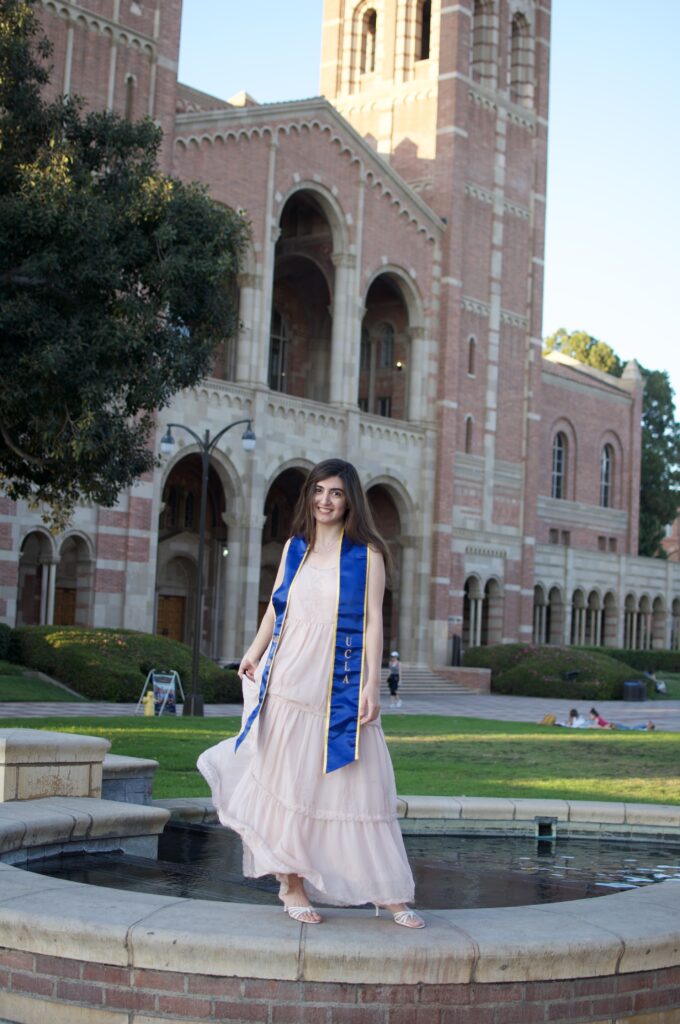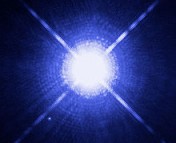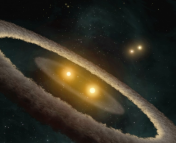The Undergraduate Research series is where we feature the research that you’re doing. If you are an undergraduate that took part in an REU or similar astro research project and would like to share this on Astrobites, please check out our submission page for more details. We would also love to hear about your more general research experience!

Dorsa Majidi
University of California Los Angeles
This guest post was written by Dorsa Majidi, a senior physics undergraduate student at UCLA who loves learning about the theories and fundamental physics of astronomical phenomena. She is pleased to be sharing with you the research project that she has been working on since her summer 2019 internship at the CfA with Dr. John Forbes and Prof. Avi Loeb on “over-massive” brown dwarfs!
Brown dwarfs are stellar objects with masses too low to fuse hydrogen in their cores. The dividing line between low-mass hydrogen burning stars and brown dwarfs, called the hydrogen burning limit, is about 0.07 solar masses (M☉). However, under special circumstances, e.g. collisions or binary interactions, it is possible for a brown dwarf to gain mass. If a brown dwarf gains enough mass to bring it above the hydrogen burning limit, does it become a low-mass star, fusing hydrogen in its core? Surprisingly the answer is not always yes; if mass is added sufficiently slowly to a sufficiently old brown dwarf, then a new, as-yet-unobserved, variety of “over-massive” brown dwarf may be formed (Forbes & Loeb, 2019).
My research is aimed at figuring out whether the existence of these objects can be produced under specific scenarios, and if so, where observers can find them. I have been examining a promising scenario of an AGB-brown dwarf binary system. If the star is in a binary with an old brown dwarf, its stellar winds can accrete some of its mass and form an over-massive brown dwarf. I have been employing the MESA stellar evolution code’s binary evolution model to learn the fate of the brown dwarfs. For example, I simulated a intermediate-mass AGB star with a 0.07 M☉ brown dwarf companion, which resulted in the creation of an over-massive brown dwarf with 0.0724 M☉. For reference the hydrogen burning limit for our specific parameter choices in MESA is at 0.0715 M☉. If such a system was to be observed late in its evolution, it would look like a white dwarf-brown dwarf binary system, where the white dwarf is the remnant of the AGB star.
We hope our predictions will lead to the discovery of this new type of object, and that they will provide a powerful constraint on binary and stellar evolution.

Astrobite edited by: Ellis Avallone





Can you please explain why hydrogen is not “ignited” when the so-called “hydrogen limit” is passed? What meaning does such a hydrogen limit have if indeed it’s violated? Is it a question of the brown dwarf’s temperature? Perhaps it has become too cool through it’s existence?